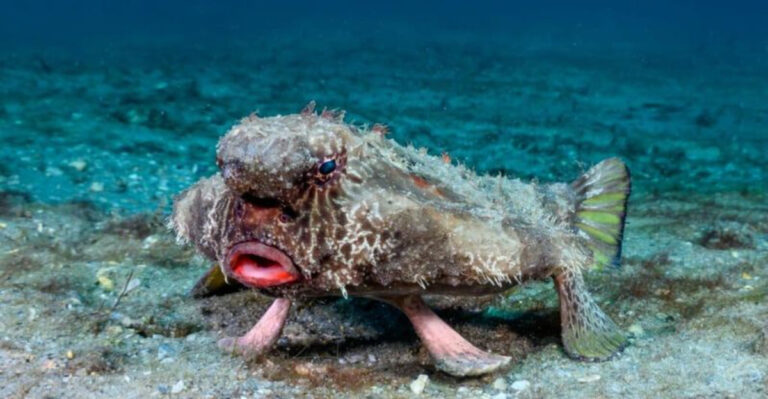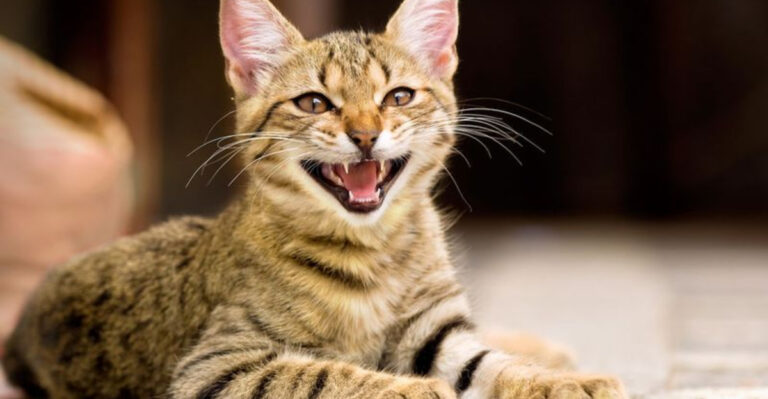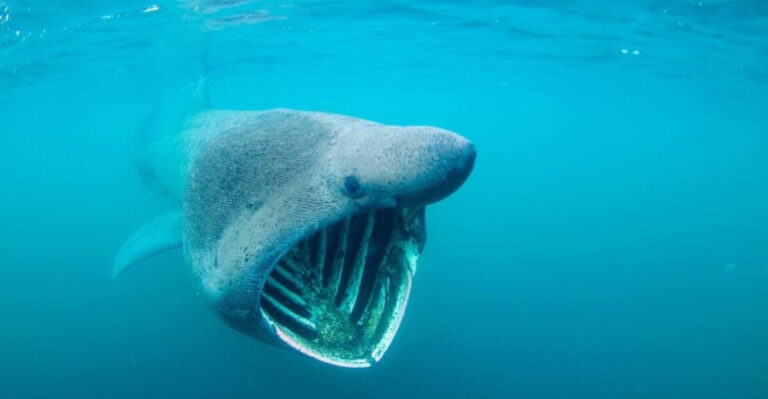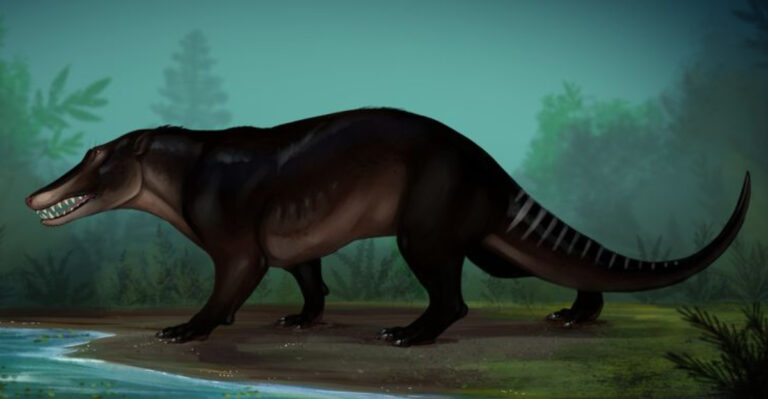18 Fascinating Insights Into The Emotional Lives Of Dolphins
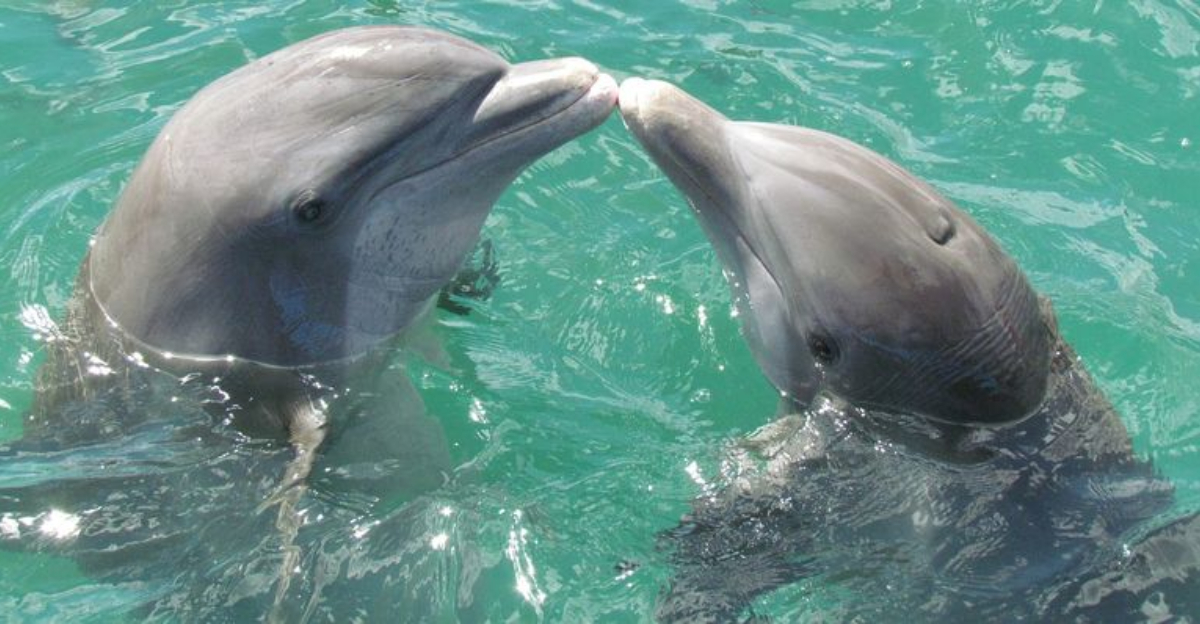
Ever wondered what goes on in the mind of a dolphin? These playful sea dwellers are not just about acrobatic jumps and swimming in pods.
Dolphins have rich emotional lives that are as intriguing as they are heartwarming. With personalities as colorful as their underwater antics, these creatures never cease to amaze.
1. Dolphin Laughter
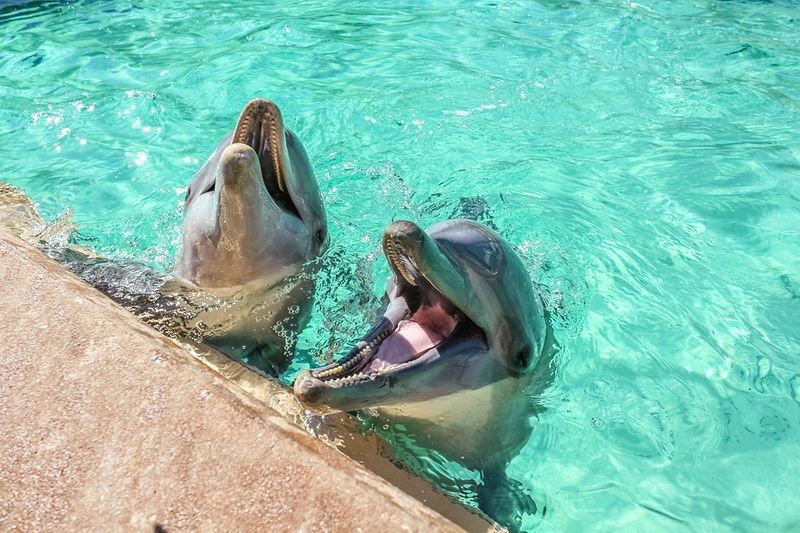
If you’ve ever heard a dolphin chuckle, it might just be laughter. Dolphins have been known to produce a series of clicks and whistles that resemble giggling.
Laughing isn’t just for humans – these marine mammals do it too, especially during playtime. Dolphins enjoy a good joke and have even been observed teasing each other, hinting at a sophisticated sense of humor.
They make sounds that seem to express joy, especially when surfing waves or playing with humans. It’s nature’s way of showing that laughter truly is universal.
2. Empathy In Dolphins
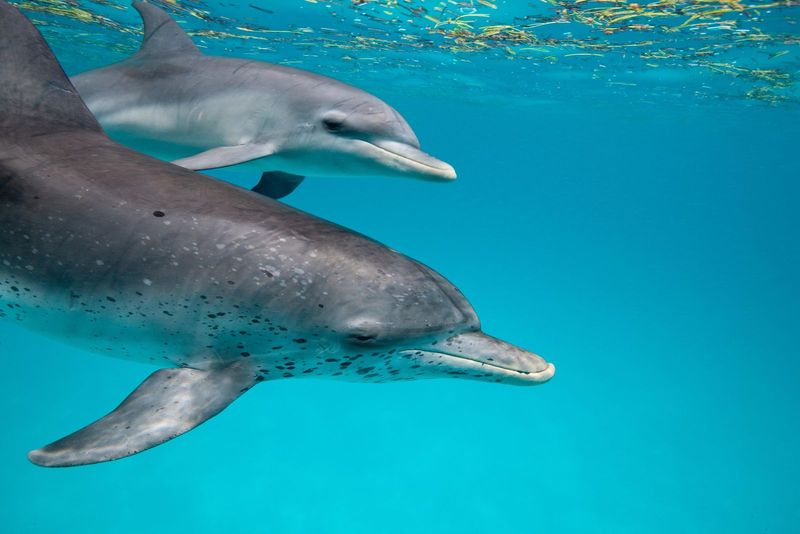
Ever had a dolphin comfort you on a bad day? Dolphins exhibit empathy, showing concern for others in distress.
Researchers have observed dolphins assisting injured peers, proving that kindness knows no species. Their ability to mimic human emotions is uncanny.
Sometimes, they even form alliances, helping each other escape predators. It’s not just a survival tactic – dolphins seem to genuinely care for their friends.
This behavior demonstrates their capacity for emotional depth, making them one of the few species who understand the concept of friendship and support.
3. Dolphin Social Circles
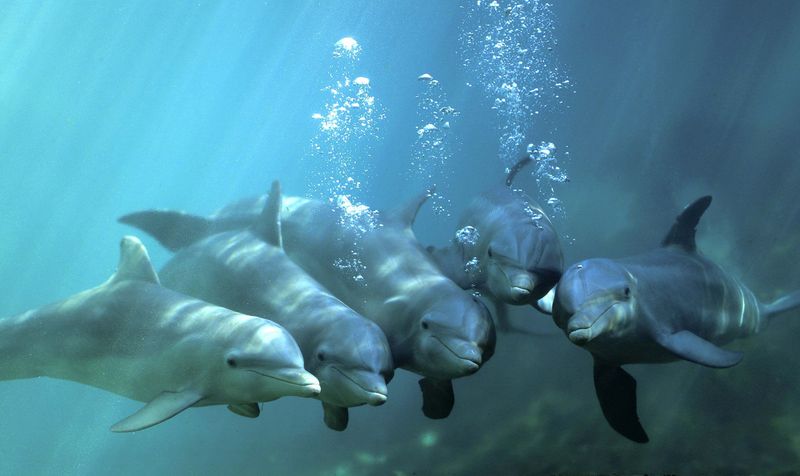
Dolphins are social butterflies of the sea. They live in pods often consisting of up to a dozen members. These tight-knit communities rely on complex communication involving clicks and whistles.
It’s like an underwater cocktail party where everyone knows everyone. Dolphins establish hierarchies and build lifelong friendships.
They even have signature whistles, akin to calling each other by name. Within these circles, they share food, assist with birthing, and offer protection.
4. Playful Pranksters
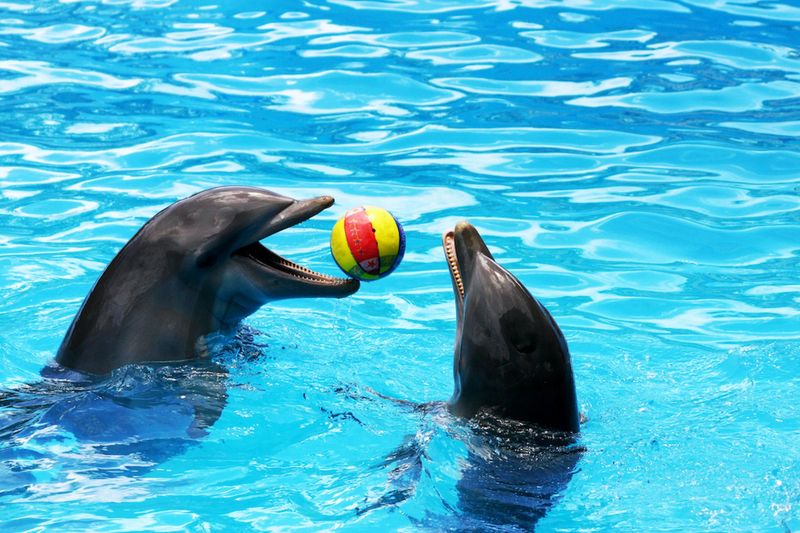
Imagine a creature that plays pranks! Dolphins are notorious for their playful antics. Whether tossing seaweed like a frisbee or blowing bubbles for fun, they love a good laugh.
They’ve been spotted mimicking each other or playing tricks on humans. This playfulness is not just for entertainment; it strengthens social bonds.
Their mischievousness is a testament to their intelligence and creativity. Dolphins know how to enjoy life, proving that happiness can be found even beneath the waves.
5. Dolphin Intelligence
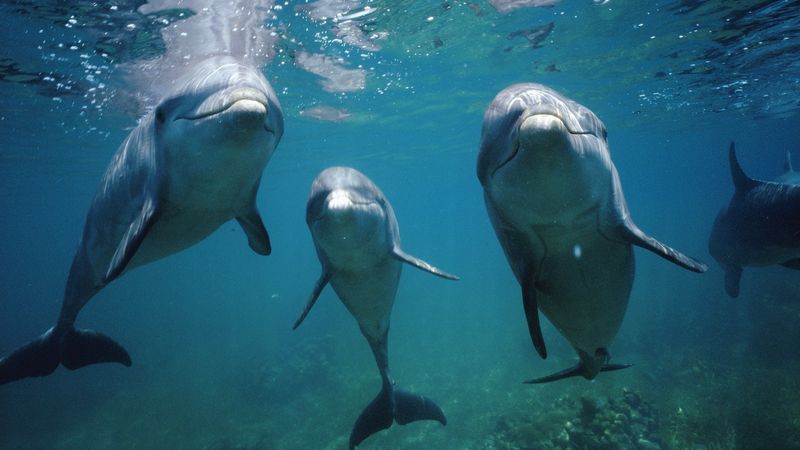
Who’s the Einstein of the sea? Dolphins! With brains large relative to their body size, they’re the smarty-pants of the ocean.
Their problem-solving skills are astonishing—they can use tools, solve complex puzzles, and even recognize themselves in mirrors.
Dolphins have been known to plan, communicate abstract ideas, and learn tricks swiftly.
6. Heartwarming Bonding
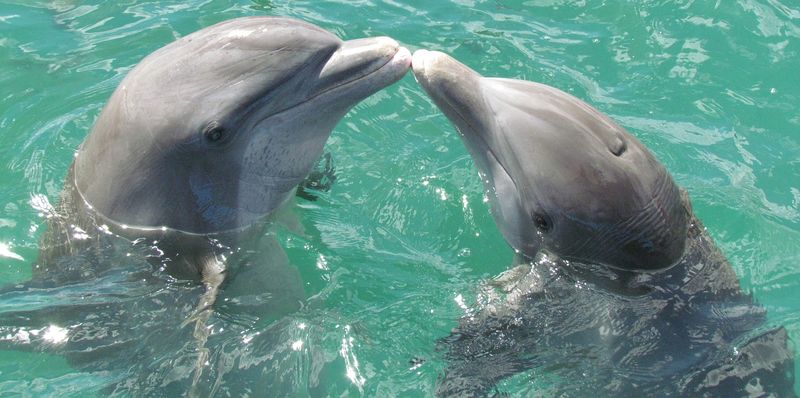
Ever seen a dolphin hug? Dolphins express affection by touching fins, nuzzling, and even giving little nudges. This tactile communication strengthens their bonds.
They engage in social grooming, rubbing against each other to reinforce friendships. These gentle gestures reflect the warmth and affection dolphins have for each other.
It’s not just physical; they vocalize their emotions too, creating a symphony of clicks and whistles that tells stories of love and camaraderie.
7. Dolphin Maternity
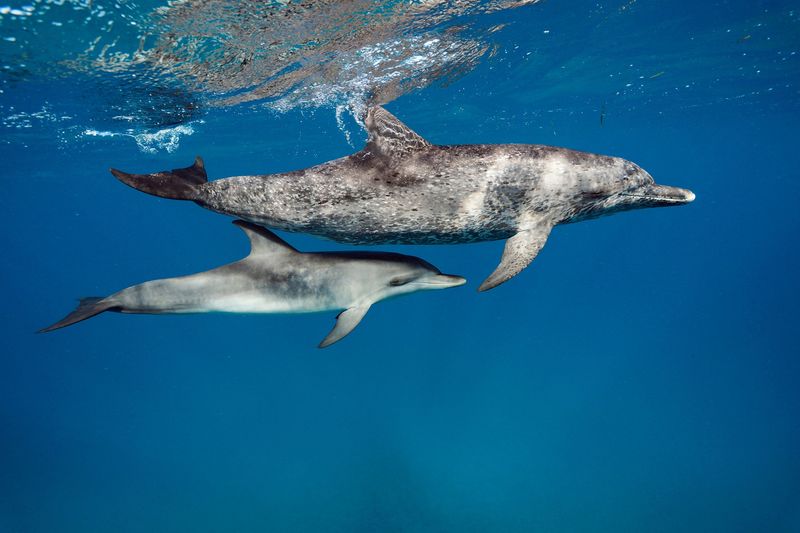
Motherhood is as beautiful underwater as it is on land. Dolphin moms are incredibly nurturing, guiding their calves through the early stages of life.
They teach them essential survival skills, such as hunting and navigating. This maternal care extends beyond just food; dolphin mothers are deeply protective, ensuring their young ones’ safety at all times.
They travel in nursery pods, where mothers support each other, forming a community of caregivers.
8. Dolphin Grief
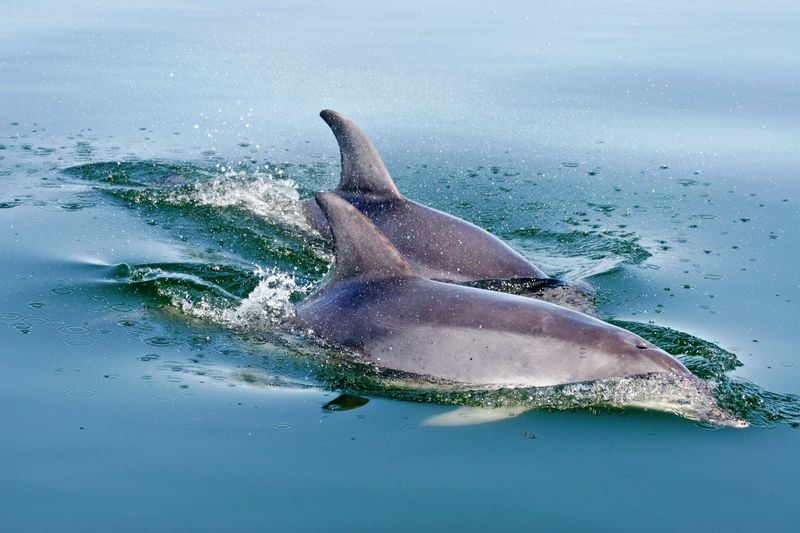
Ever pondered if dolphins mourn? When a dolphin loses a companion, it often shows signs of grief, like staying close to the deceased and emitting distressed sounds.
These behaviors suggest an understanding of loss and sorrow. They may carry the body, as if paying respects, or linger in the area where the loss occurred.
This emotional expression is rare among animals, indicating a deep emotional connection.
Dolphins’ grief rituals remind us that their lives are rich with emotion, much like our own, revealing a shared experience of loss.
9. Dolphin Curiosity
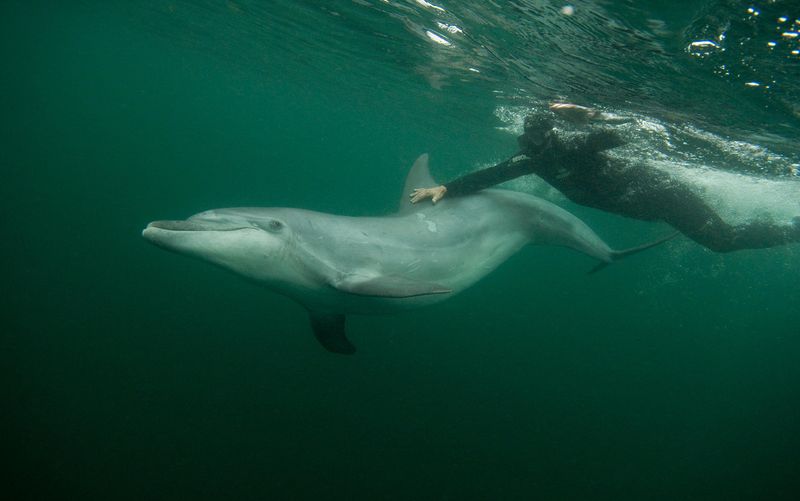
Got questions? Dolphins do, too! Their curiosity is insatiable. These inquisitive creatures often investigate new objects or environments, showing a keen interest in their surroundings.
They’ve been observed examining divers, boats, and anything unusual. This curiosity is part of their learning process, helping them adapt to changes.
It also drives them to explore, discover, and interact with the world in innovative ways.
10. Dolphin Communication
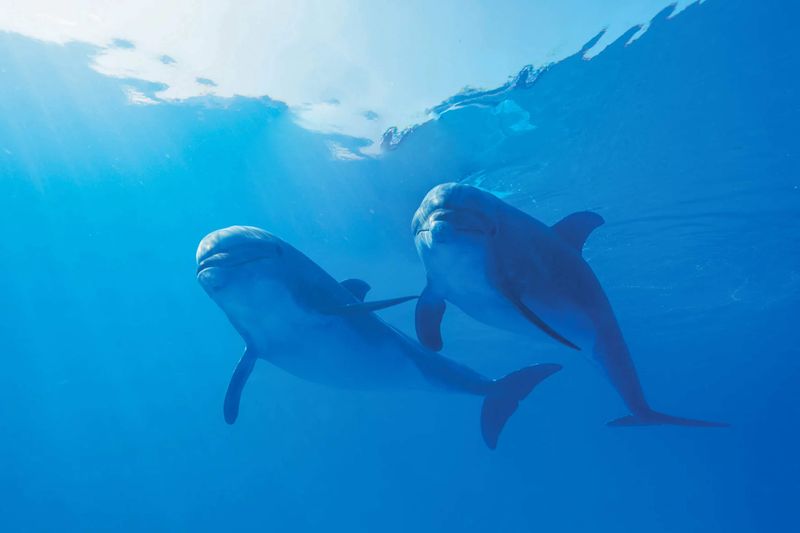
Say it with a splash! Dolphins are master communicators, using a complex system of clicks, whistles, and body language.
Echolocation allows them to ‘see’ the world with sound, pinpointing prey and navigating the deep. Their vocalizations are unique, much like human voices, allowing them to recognize each other.
Dolphins can even imitate sounds from their environment, showcasing their auditory skills.
11. Dolphin Compassionate Acts
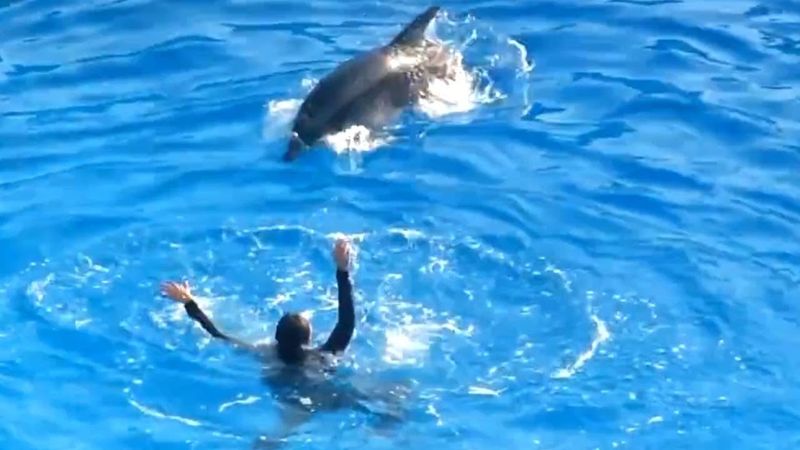
Ever been saved by a dolphin? These compassionate creatures have been known to rescue humans in distress. Stories of dolphins guiding lost swimmers or fending off sharks are not uncommon.
Their altruistic behavior extends to other species, too, helping stranded whales and turtles. This empathy demonstrates a deep understanding of suffering, motivating them to aid those in need.
Dolphins’ compassionate acts resonate with the idea that kindness transcends species, making them guardians of the sea.
12. Dolphin Play And Joy
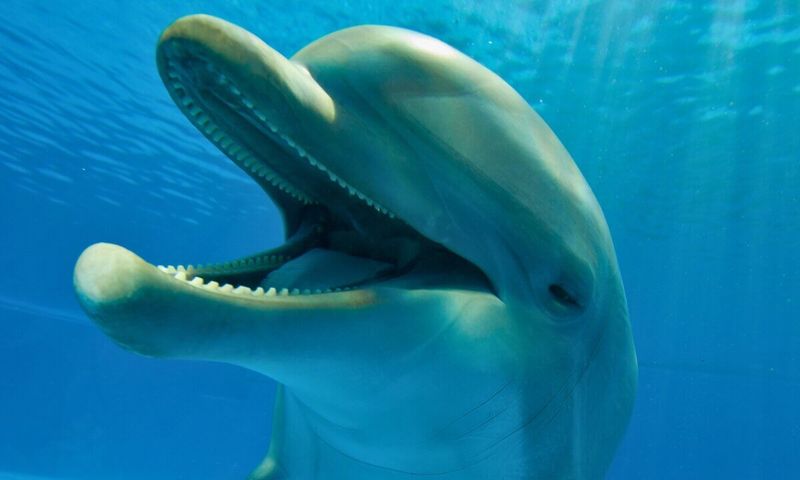
If joy had a face, it’d be a leaping dolphin! Dolphins exude an infectious joy that lights up the ocean. Their playful behavior – jumping, surfing, and spinning—reflects a zest for life.
This play isn’t just for fun; it strengthens bonds, practices hunting skills, and relieves stress. Dolphins’ joyful exuberance is a reminder of the simple pleasures in life, inspiring onlookers with their spirited antics.
They teach us that happiness can be found in movement, laughter, and shared experiences, making every leap a celebration of life.
13. Dolphin Memories
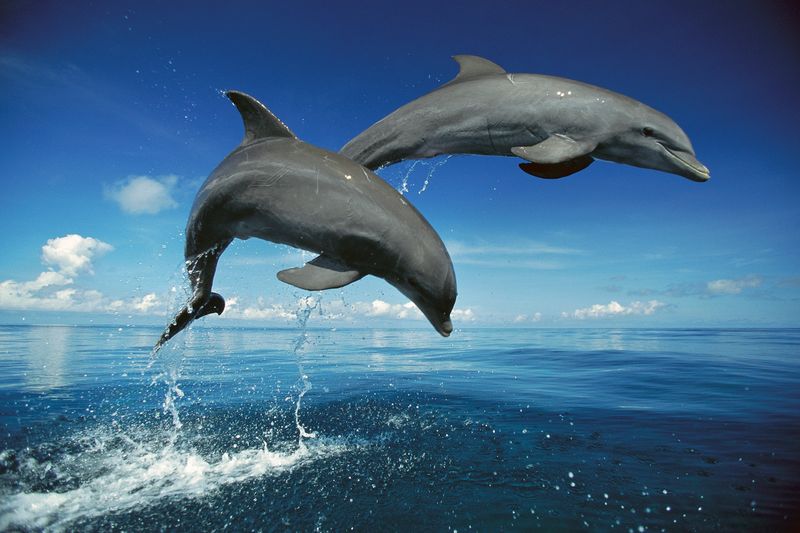
What do dolphins remember? Quite a lot, it seems! Dolphins possess impressive long-term memory, recalling individual companions and events over many years.
This memory aids in social interactions and survival, allowing dolphins to recognize allies and potential threats.
They’ve been known to remember humans they’ve encountered long after they’ve parted ways. Dolphins’ memories are a testament to their intelligence and social complexity.
Their ability to recall details from their past enriches their lives, creating a tapestry of experiences woven with threads of remembrance and connection.
14. Dolphin Leadership
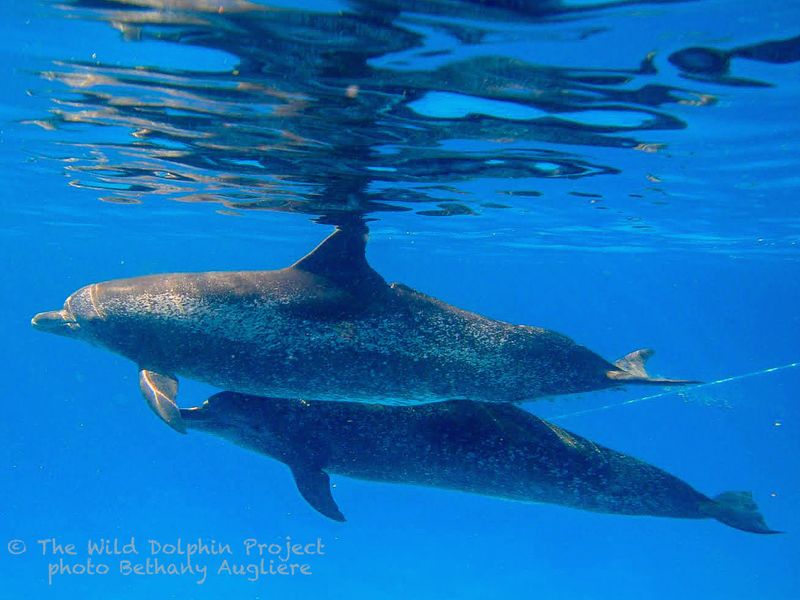
Who’s in charge here? Often, it’s the wisest dolphin leading the pod. Leadership in dolphin pods is based on experience and intelligence rather than brute strength.
These leaders guide others, make critical decisions, and ensure the group’s safety. They’re respected figures, often older dolphins who have proven their capability.
This leadership structure resembles human societies, where knowledge and wisdom are valued.
15. Dolphin Creativity
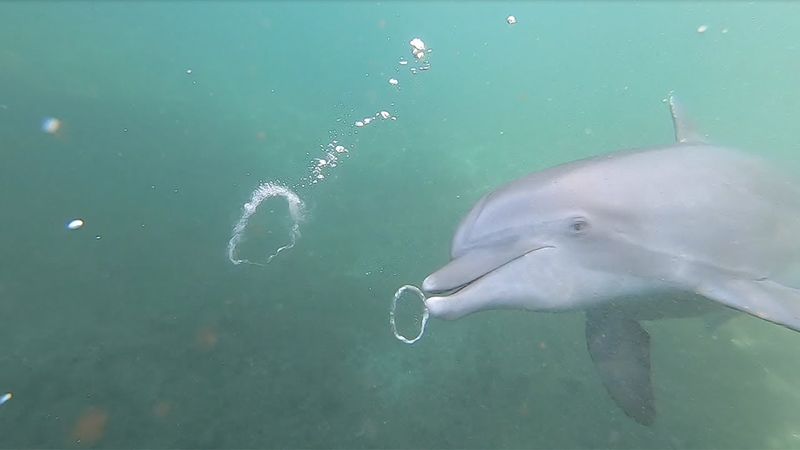
Did you know dolphins are artists? These clever creatures have been observed creating bubble rings, a playful display of creativity.
This behavior isn’t just for amusement; it showcases their ability to manipulate their environment. Dolphins are known to innovate hunting techniques and problem-solving strategies, proving their creative prowess.
Their artistic expression reveals an appreciation for beauty and a flair for invention.
Dolphins’ creativity shines a light on their intellectual capabilities, reminding us that art and play are universal languages, even in the depths of the ocean.
16. Dolphin Hunting Strategies
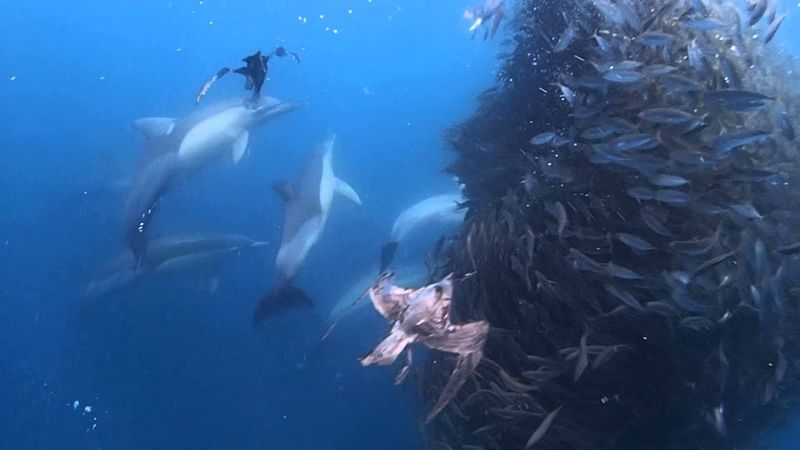
Ever seen dolphins on a hunt? It’s a spectacle of strategy and teamwork. Dolphins employ various hunting techniques, often working in groups to herd fish into tight schools.
They use their bodies to create waves, driving prey towards the shore, or employ bubble nets to trap fish.
Dolphins’ hunting strategies reveal their adaptability and resourcefulness, turning the act of hunting into a marine ballet of cooperation and cunning.
17. Dolphin Cultural Behaviors
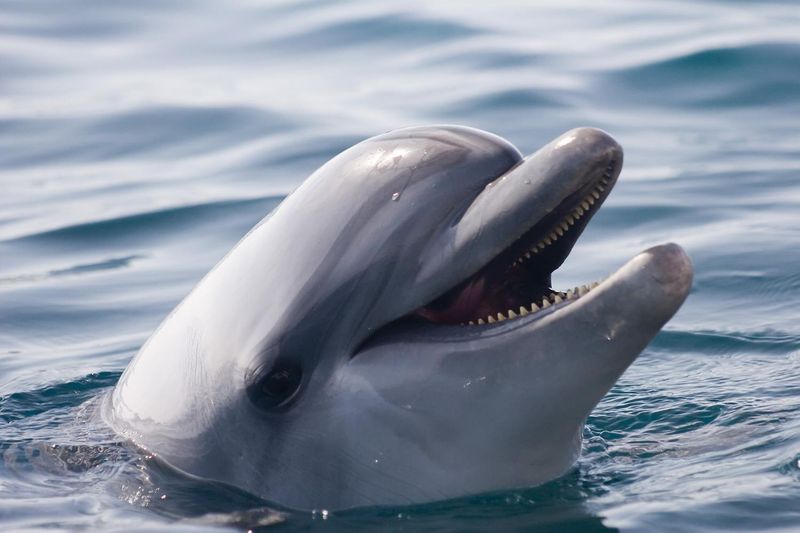
Ever heard of dolphin culture? These creatures pass down behaviors through generations, exhibiting cultural traits.
Certain dolphin groups use tools, like sponges, to protect their snouts while foraging. Others have unique hunting methods or social rituals.
This cultural transmission is rare in the animal kingdom, shared by few species. Dolphins’ cultural behaviors highlight their learning capabilities and social bonds, enriching their lives with shared traditions.
18. Dolphin Echoes Of Emotion
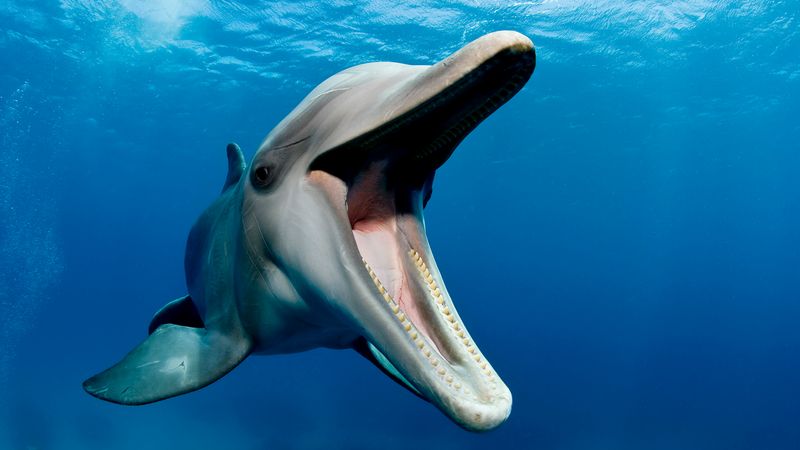
What’s in a sound? For dolphins, everything. Their vocalizations are not just noise – they’re full of emotion. Dolphins use clicks and whistles to express feelings, convey warnings, or share excitement.
Each sound carries a wealth of information, echoing their mood and intentions.
This emotional communication enhances their social bonds and coordination, allowing them to thrive in complex groups.

